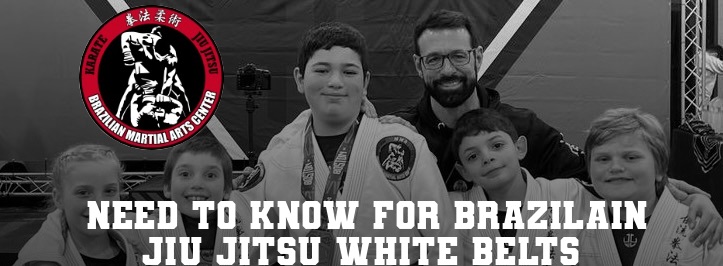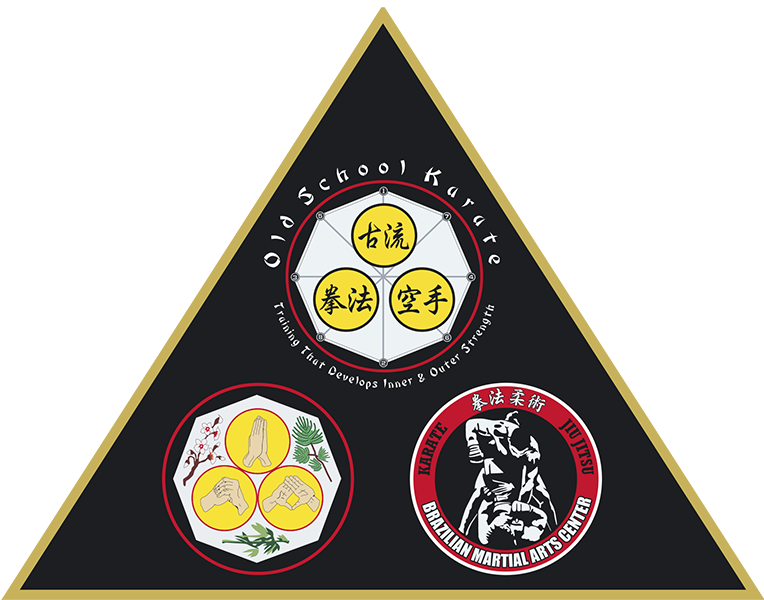
As a white belt in Brazilian Jiu-Jitsu (BJJ), it’s important to focus on building a strong foundation of fundamental techniques. Here are some common moves that are often taught to white belts in BJJ:
Closed Guard: The closed guard is a fundamental position where you control your opponent from the bottom by wrapping your legs around their waist. Basic moves from closed guard include arm bar, triangle choke, and scissor sweep.
Mount: The mount is a dominant position where you sit on top of your opponent and control them with your legs and hips. Basic moves from mount include cross choke, Americana, and arm triangle.
Side Control: Side control is a top position where you control your opponent’s upper body while putting pressure on them. Basic moves from side control include Kimura, shoulder pressure, and basic transitions to mount or back control.
Rear Naked Choke: The rear naked choke is a powerful submission hold from the back control position. It involves securing your opponent’s back and applying a chokehold with your arms.
Guard Recovery: Guard recovery techniques are crucial for white belts to learn, as they teach you how to escape from bottom positions and regain guard or a more dominant position. Basic guard recovery techniques include hip escape, shrimp, and technical stand-up.
Bridge and Roll: The bridge and roll is a basic escape technique used when you are on the bottom and your opponent has mount or side control. It involves bridging your hips and rolling to create space to escape.
Scrambles: Scrambles are chaotic exchanges that often occur during BJJ matches, and it’s important for white belts to learn how to handle them. Techniques such as framing, pummeling, and regaining guard can be useful in scrambles.
Takedowns: BJJ is not just about ground techniques, but also takedowns. Basic takedowns such as double leg takedown, single leg takedown, and hip throw can be valuable skills for white belts to develop.
Remember, BJJ is a complex martial art that requires time, practice, and patience to master. It’s crucial to focus on mastering the basics before moving on to more advanced techniques. Regular training with a qualified instructor, drilling, and sparring with partners of various skill levels can help you progress in your BJJ journey. Always prioritize safety and tap out if you find yourself in a submission hold during training to prevent injury.
Don’t forget Sensei Bill’s Golden rules of Brazilian jiu jitsu
Rule #1 Be the person on top
Rule # 2 when on top stay on top
Rule # 3 When on bottom have an un-passable guard
Rule #4 Never forget Rule #1 easily forgotten due to the alluring, rewarding and lazy nature of guard
